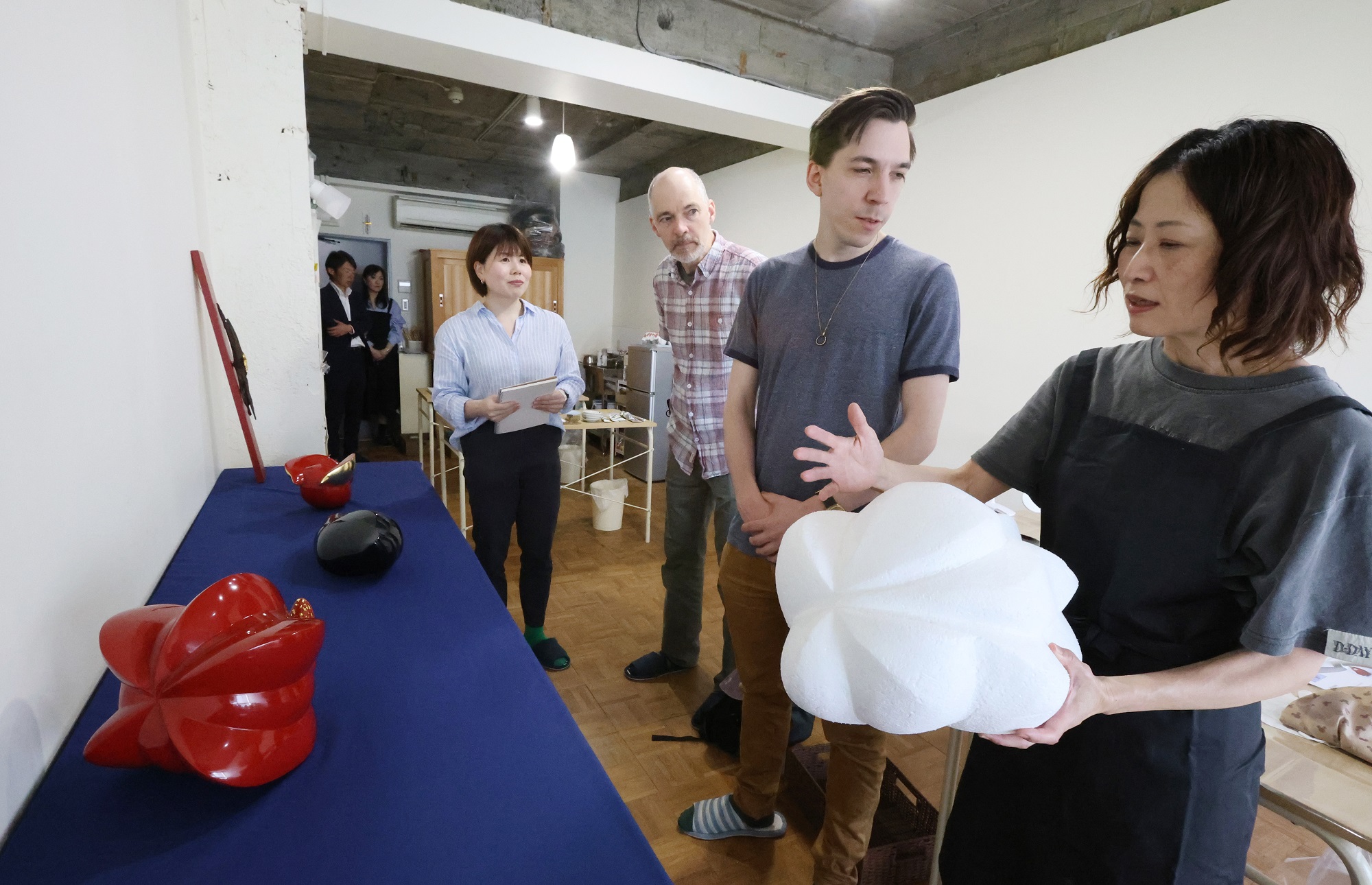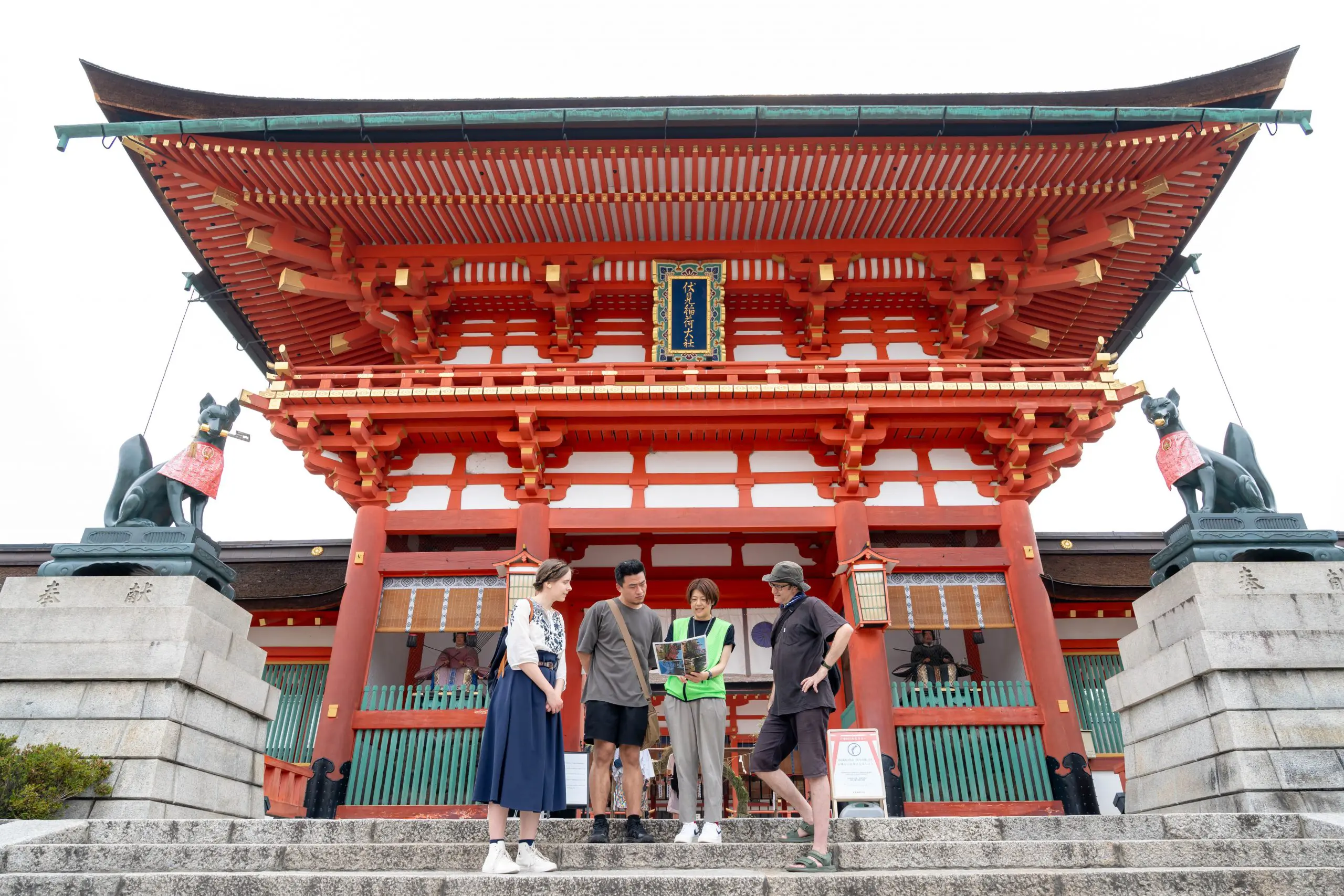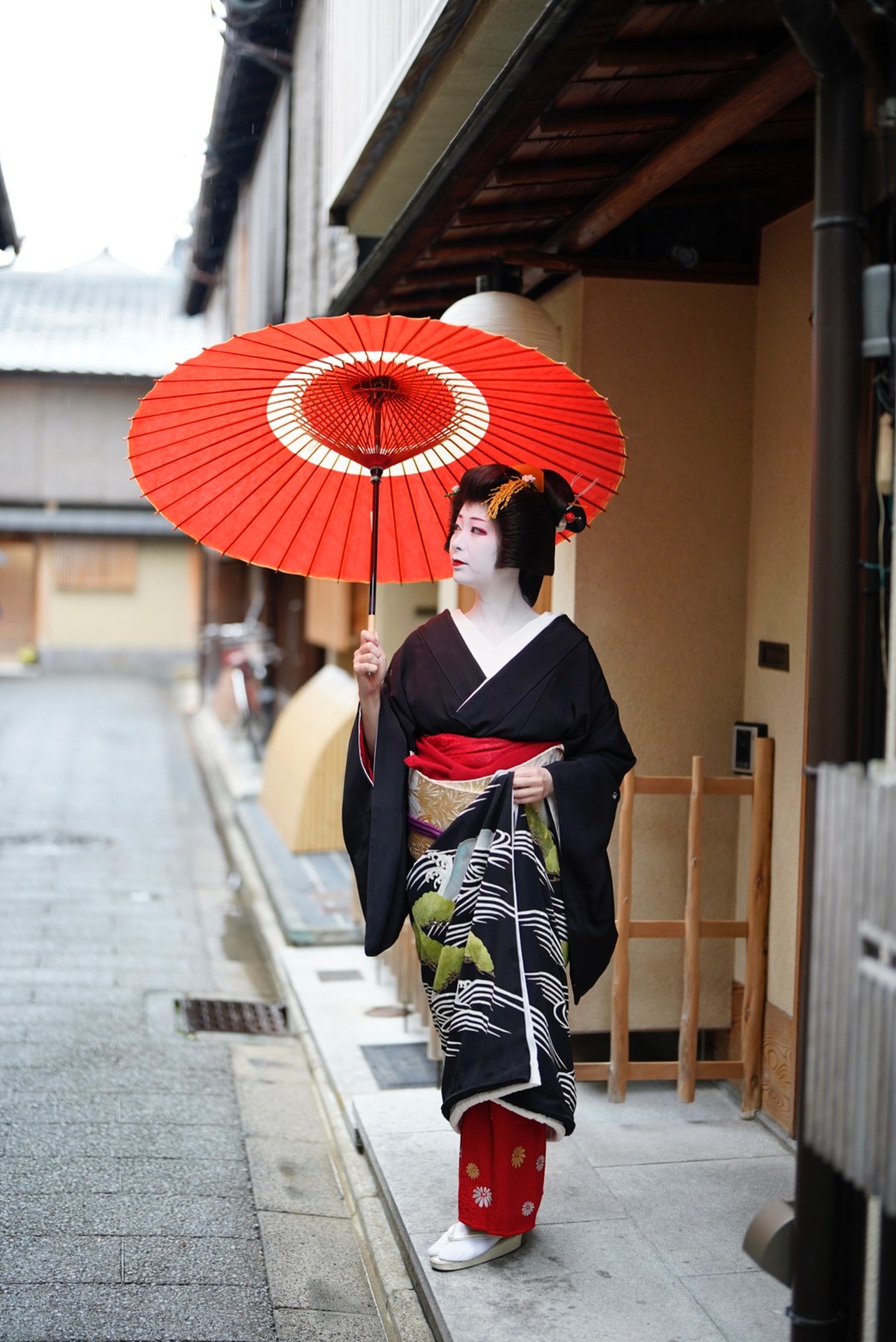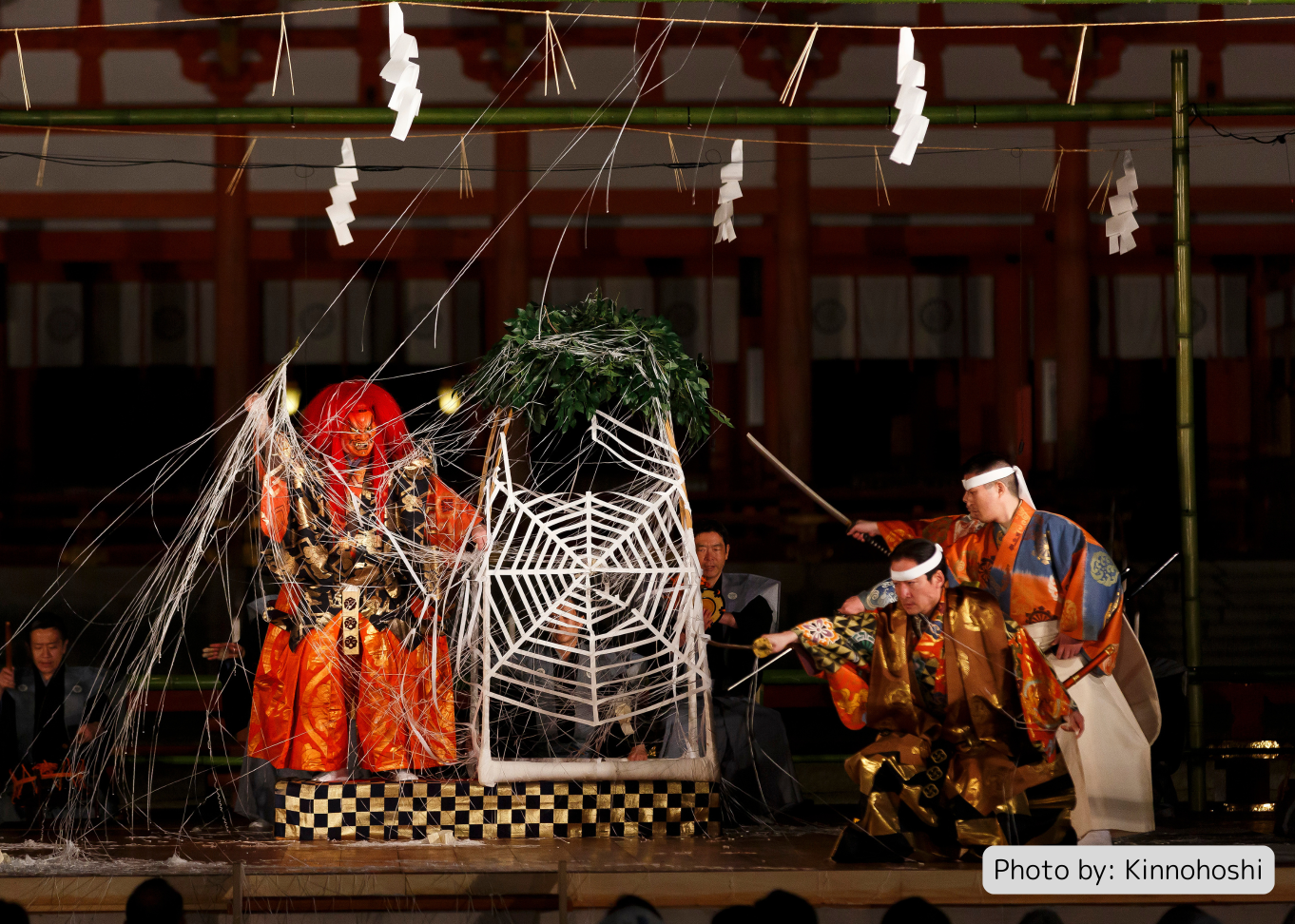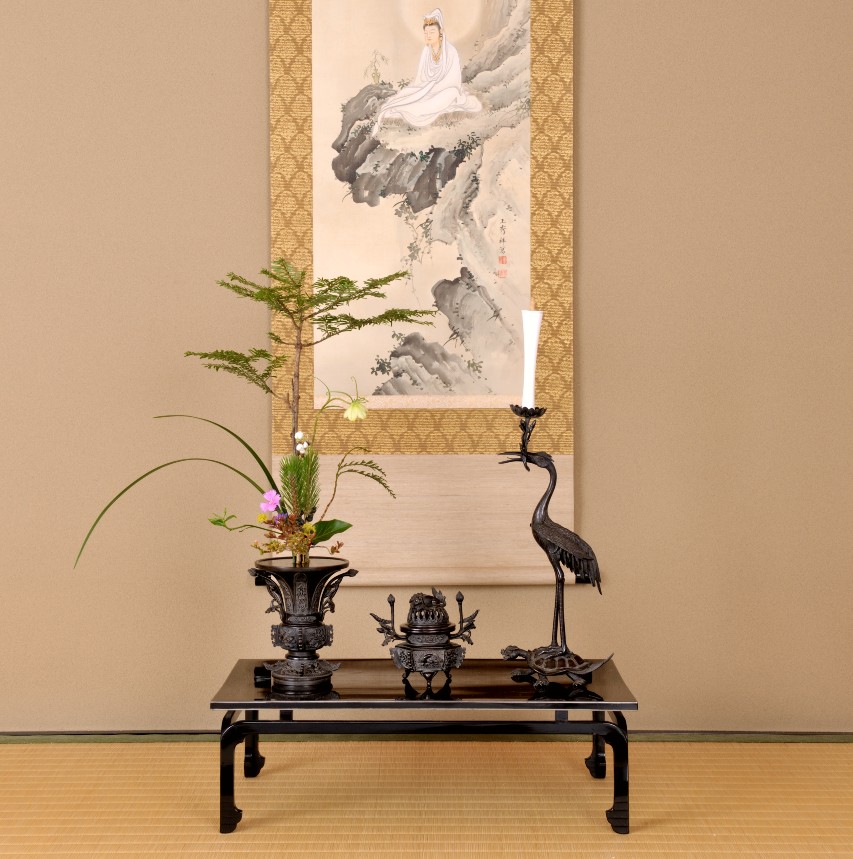
Tatebana; photo provided by: Kado Iemoto Ikenobo
When you visit an inn or hotel and see flowers arranged there, it makes you happy and gives you a special feeling. Ikebana, the traditional art of flower arrangement, that possesses such a wonderful power, was created in Kyoto during the Muromachi Period (1336-1573). Even today, Kyoto remains at the center of Ikebana culture. This means that there are many opportunities for you to easily experience the joy of Ikebana firsthand.
What is Ikebana?
Ikebana, to put it simply, is a form of art that uses plants. The origins of Ikebana are said to be in the “Kuge” flower offerings that were introduced to Japanese culture through Buddhism.
Then, in the Muromachi period, when Shoin-style buildings began to be built, flowers, which had until then mainly been offered to deities and Buddha, began to be used to decorate alcoves. At that time, the main focus was simply to “display beautiful flowers in a vase”, but Ikenobo Sen’o, a priest at Rokkakudo Temple, developed this idea further, making it into a way to look at the life of plants and flowers and “express nature’s form in a vessel”, and developed a theory on how to arrange flowers. From there, the culture of Ikebana, which continues to this day, was established.
Ikebana, which dates back to the Muromachi Period, gradually evolved and branched out into different “schools” as time went by. So, what are the actual rules for flower arrangement? Here, we’re going to take a look at the three styles of Ikebana practiced at Ikenobo, which are representative of numerous schools.
Rikka
Rikka is the oldest form of Ikebana, established in the Muromachi Period and based on the practice of “Tatebana”, placing flowers in a vase in front of Buddha. These works are an expression of the beauty of natural landscapes, with trees symbolizing mountains and grass symbolizing water.
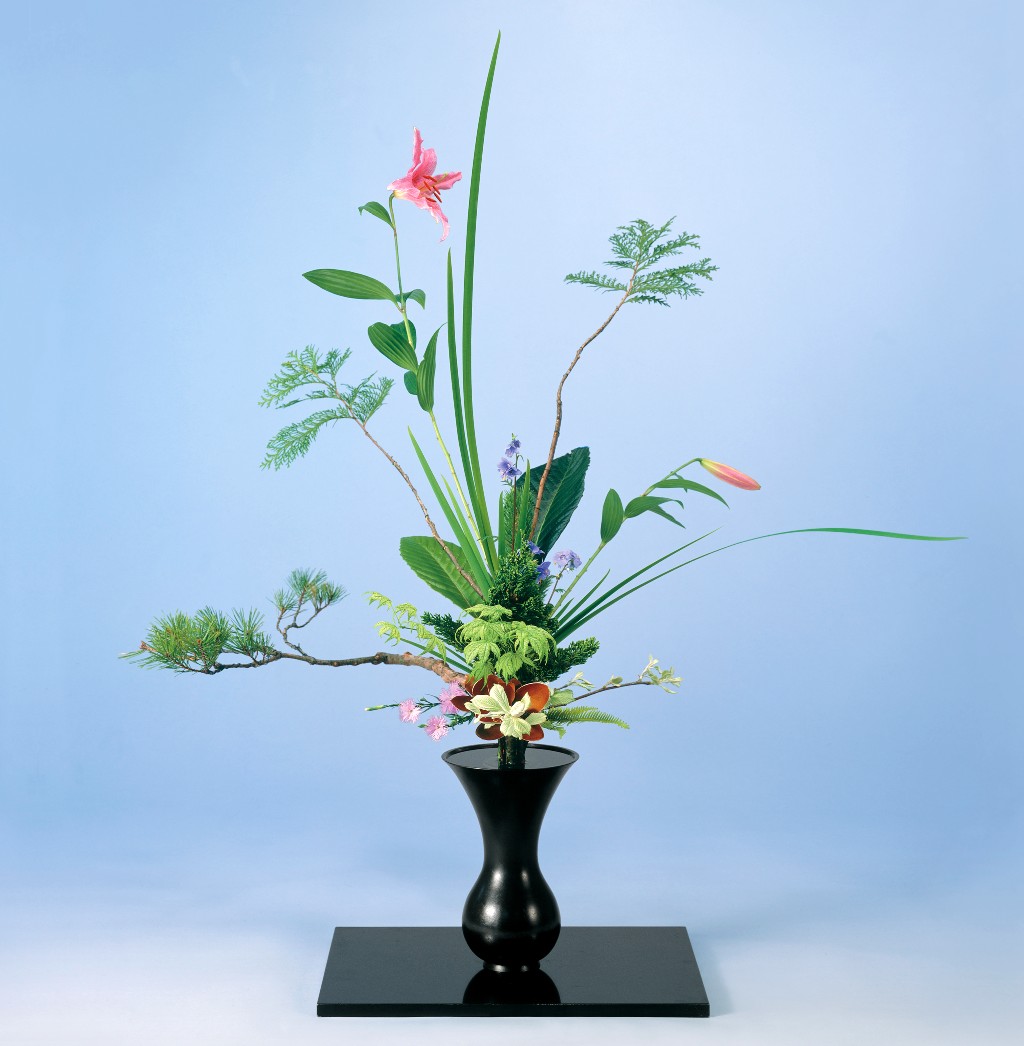
Photo provided by: Kado Iemoto Ikenobo
Shoka
Shoka is a style that was formulated in the mid-Edo Period (1603-1867), using one to three types of flowers to express the beauty of the moment that a flower comes to life and the grass and trees trying their hardest to survive. As Shoka is easier to arrange than Rikka, it became particularly popular among common folk and women.
Jiyuka
Jiyuka is a style that has emerged in recent years, a reflection of the changing lifestyles of the modern age. There is no set formula for Jiyuka flower arrangement, and the beauty of plants and trees can be discovered from various perspectives and arranged at the whims of the creator.
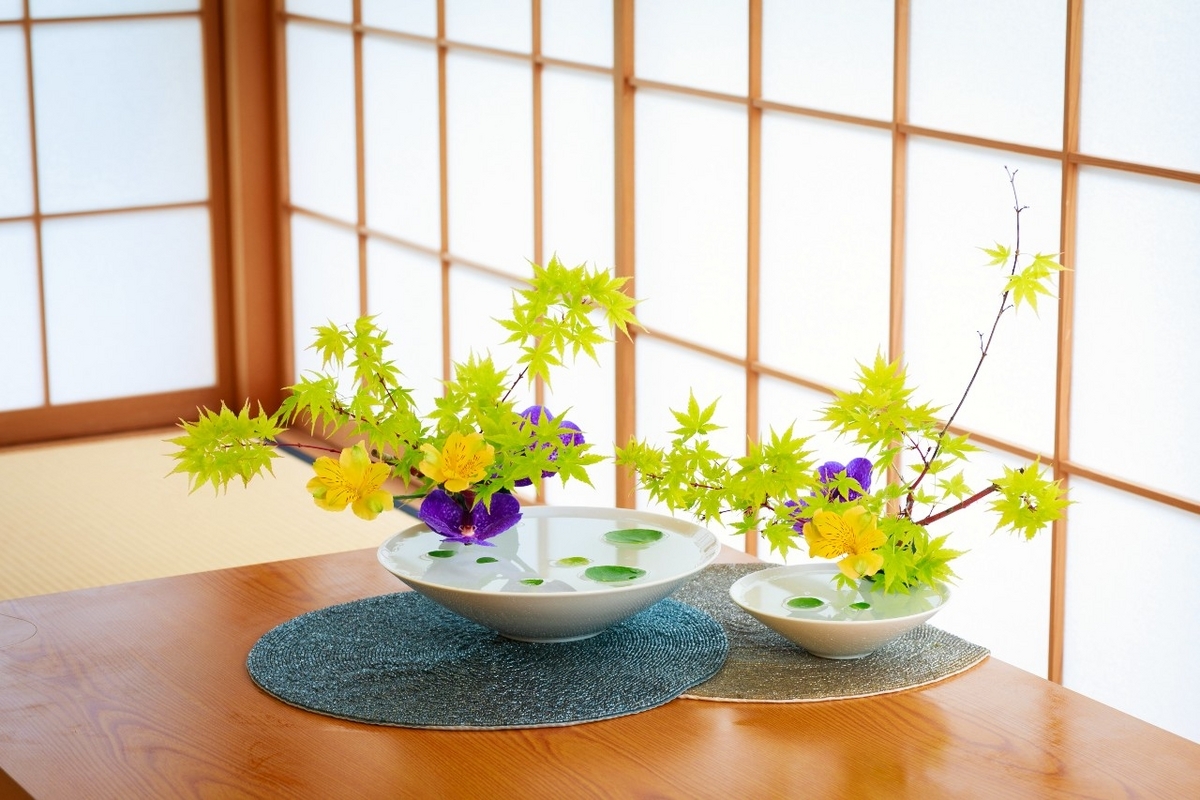
Photo provided by: Kado Iemoto Ikenobo
See Ikebana and try it for yourself
If you’ve developed an interest in Ikebana, don’t pass up a chance to see it in person. Large-scale Ikebana exhibitions and events are held in Kyoto every year, giving you plenty of opportunities to see many works up-close. There are also facilities where you can go to deepen your knowledge of Ikebana and even try it for yourself.
Events
Ikenobo’s Spring Ikebana Exhibition is a flower arrangement event held every spring. A total of approximately 700 Ikebana works will be on display during the exhibition, mainly by artists studying at the Ikenobo Central Training Institute, the premier education institution for the Ikenobo school of Ikebana.
Kyu-Tanabatakai Ikenobo National Ikebana Exhibition
Kyu-Tanabatakai Ikenobo National Ikebana Exhibition, held in November of each year, is the oldest flower arrangement exhibition in Japan, dating back to the early Edo Period. This exhibition features approximately 900 works by masters of the Ikenobo school and other flower arrangement artists from all over Japan.

Kyu-Tanabatakai Ikenobo National Ikebana Exhibition; Photo provided by: Kado Iemoto Ikenobotion
Emperor Saga Dedication Flower Arrangement Festival
The Emperor Saga Dedication Flower Arrangement Festival is an annual event held every spring at Daikakuji Temple, which was once the head temple of the Saga Imperial Palace. Daikakuji Temple is where the Saga Goryu school of Ikebana has been passed down from generation to generation, and many Saga Goryu Ikebana works can be seen here.
Ikebana Saga Goryu official website (Website available only in Japanese)
Kado Kyoten
Kado Kyoten, the largest Ikebana festival in Kyoto, has been held every spring since 1950 (Showa 25). Works from 29 different schools belonging to the Kyoto Ikebana Association can be seen all at once. It is held at the Daimaru Museum in the Daimaru Kyoto department store, making it easy to stop by while shopping.
Facilities
Rokkakudo Ikebana Museum
Rokkakudo, formally called Shiunzan Chohoji Temple, is an ancient temple built by Prince Shotoku. Its name comes from its six-sided main hall, the word “Rokkaku” being Japanese for “hexagon”. The head priest of Rokkakudo Temple has been called “Ikenobo” for generations, with Ikenobo Sen’o, who first established the practice of Ikebana, being one of them. Since then, the master of the Ikenobo school of Ikebana has also served as the head priest of the shrine.
The Ikebana Museum, located in the Ikenobo Building on the grounds of Rokkakudo Temple, the birthplace of Ikebana, houses historical materials about the artform. Reservations are normally required to enter, but during the previously-mentioned “Spring Ikebana Exhibition” and “Kyu-Tanabatakai Ikenobo National Ikebana Exhibition”, visitors can enter without reservations, so if you want to see it, visiting during one of those exhibitions is recommended.
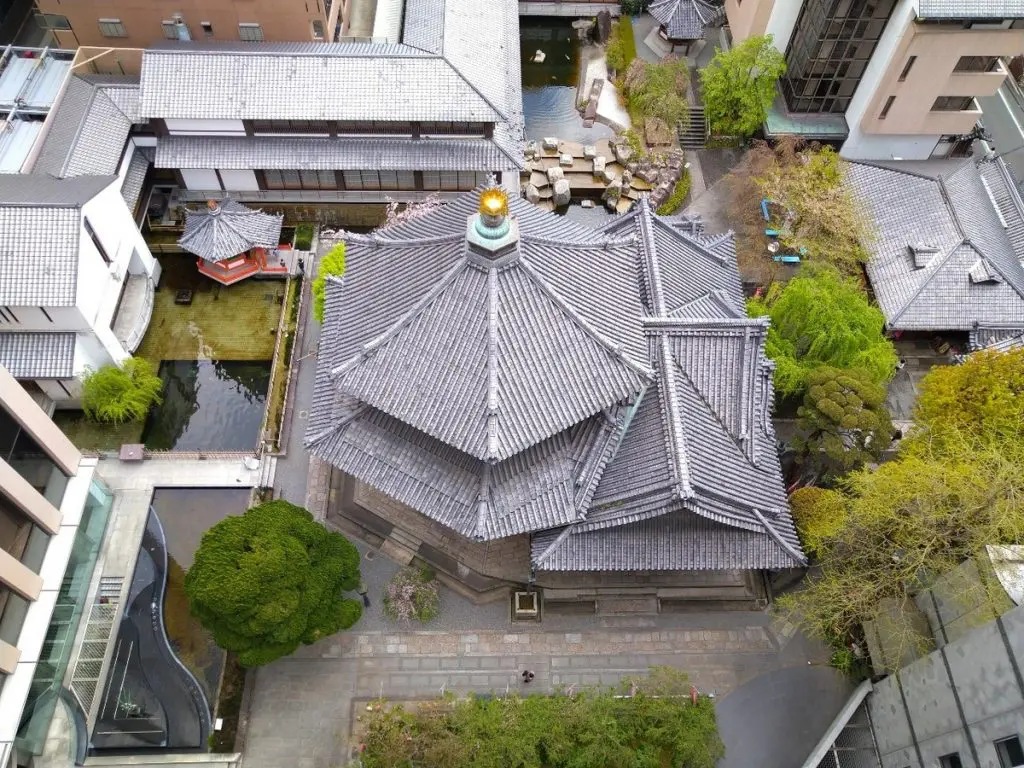
Rokkakudo; Photo provided by: Kado Iemoto Ikenobo
Sakura Japanese Culture Experience
At Sakura Japanese Cultural Experience near Nijo Castle, visitors can try Ikebana for themselves under the guidance of an Ikenobo instructor. English-speaking staff are available, which also makes it a great place to bring friends visiting from abroad. In addition to Ikebana, you can try a tea ceremony and make sushi rolls.
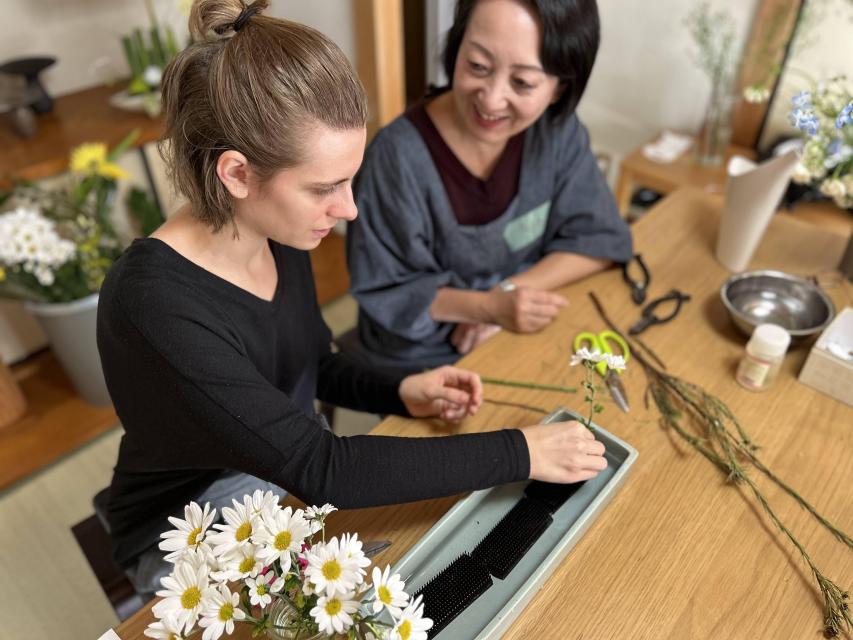
Try Ikebana and learn more about it
If you’re interested in giving Ikebana a try, the first thing we recommend is buying a book or magazine about Ikebana and imitating the works in it.
A variety of tools are used in Ikebana, including the most basic flower scissors, but if you just want to copy what you see in books, you may be able to get by without a special set of tools. In Jiyuka Ikebana, for example, everyday glasses, plates, and even empty cans may be used as vases. Then, once you feel like copying books and magazines isn’t satisfying anymore, you can look for an Ikebana class to take.
Kyoto, being the birthplace of Ikebana, offers plenty of opportunities for you to see and learn Ikebana. If you want to learn more about Ikebana, you can start by checking out easy-access exhibitions, or by copying works in magazines to decorate your house when you have visitors.
Article Author: Kaori Senga
Kimono specialist and writer from Aomori Prefecture.
“My mother’s family owned a small kimono store, and as such I have been interested in them ever since I was a child.
I moved to Kyoto when I started working and I spend my days here learning about kimono and Kyoto culture.
My goal is to write articles that are easy to understand and approachable.
My favorite event is the Tenjin-san Market.”
